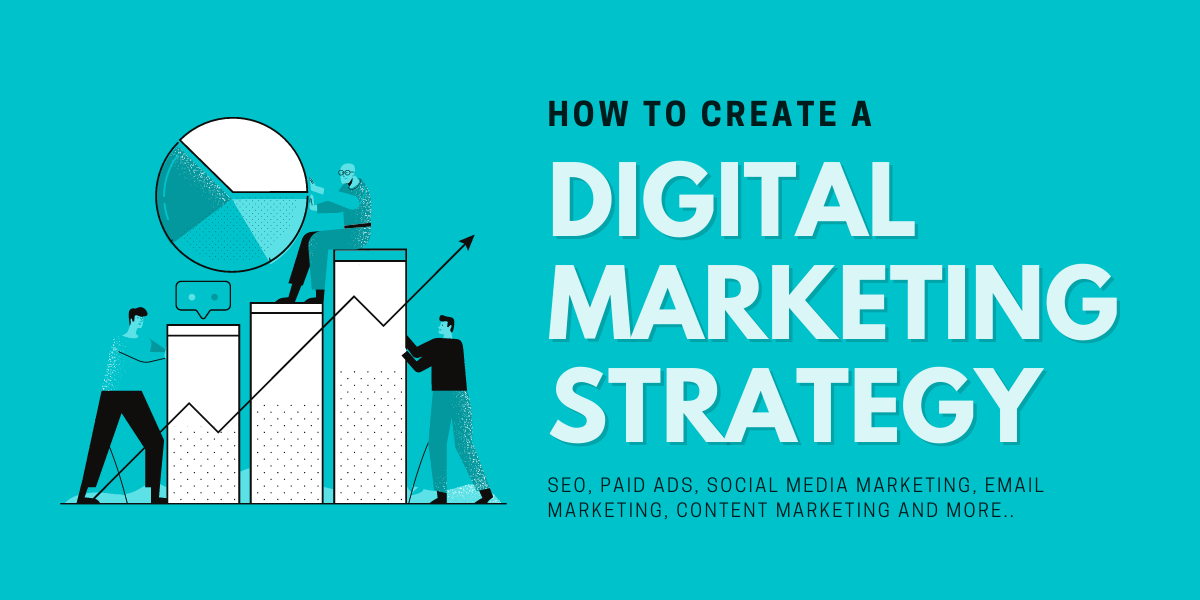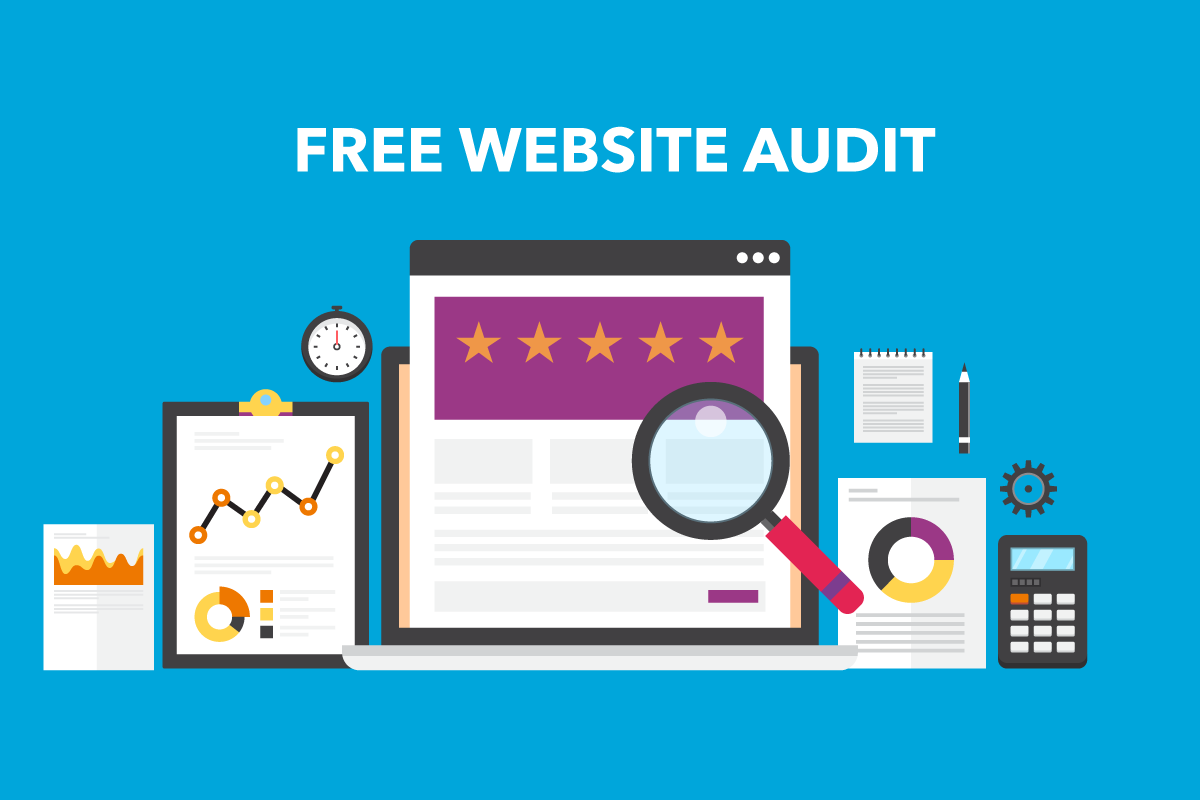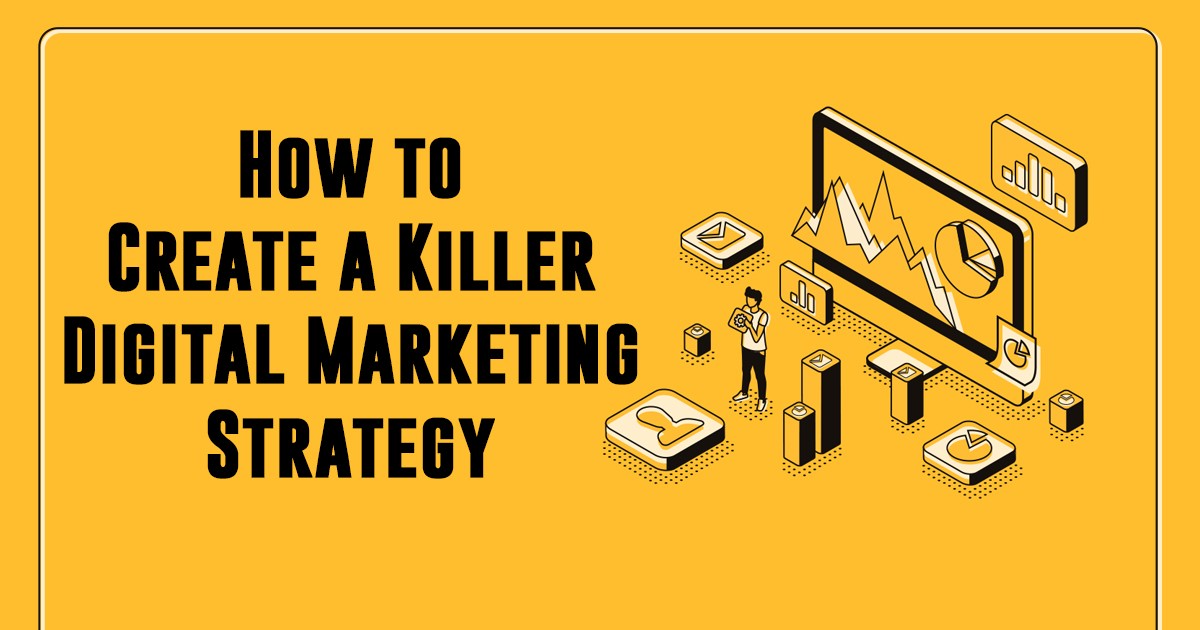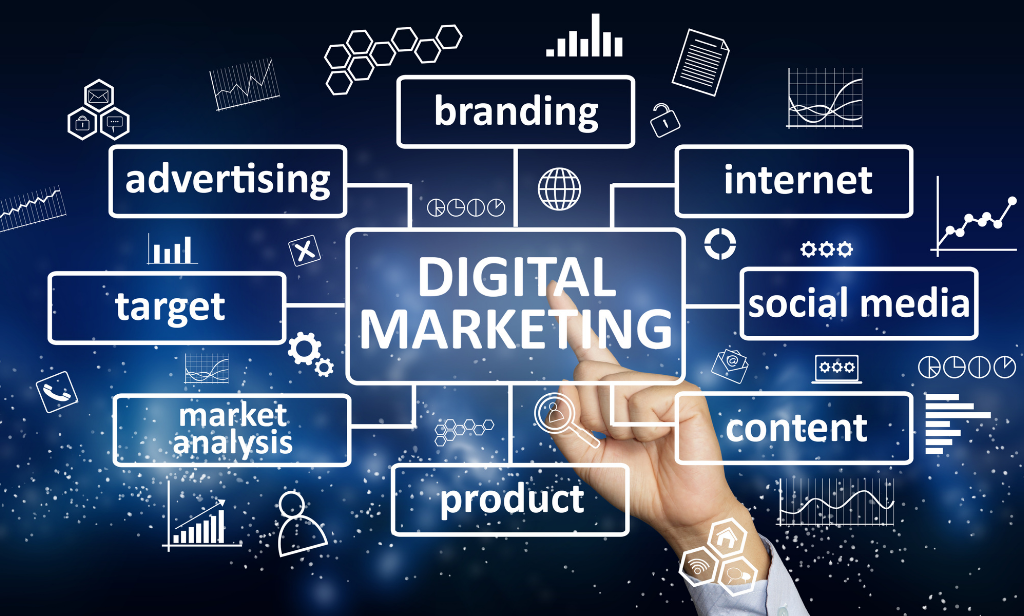In today’s digital landscape, businesses need more than just a presence on the internet. To thrive, they need an effective digital marketing strategy that aligns with their business goals, targets the right audience, and delivers measurable results. A well-crafted digital marketing strategy can drive traffic, generate leads, increase brand awareness, and ultimately boost revenue.
If you’re wondering how to create a digital marketing strategy that delivers results, you’ve come to the right place! In this blog post, we’ll break down the key steps involved in building a robust strategy for digital marketing services. Let’s dive in.
What is a Digital Marketing Strategy?
A digital marketing strategy is a plan that outlines how you will use digital channels to achieve your business objectives. It involves identifying your target audience, choosing the right marketing channels, creating engaging content, and tracking performance metrics to ensure success.
A digital marketing strategy includes various components such as:
- Search Engine Optimization (SEO)
- Pay-Per-Click (PPC) Advertising
- Content Marketing
- Social Media Marketing (SMM)
- Email Marketing
- Affiliate Marketing
- Online Public Relations
Having a clear strategy helps businesses focus their resources and efforts on initiatives that are likely to generate the highest return on investment (ROI).
Step 1: Define Your Business Goals
The first step in creating a digital marketing strategy is understanding what your business aims to achieve. This will guide your marketing activities and help you select the right tactics.
Ask yourself the following questions:
- What are your overall business objectives? (e.g., increase sales, generate leads, expand brand awareness)
- Do you want to grow your online presence or build customer loyalty?
- Are you looking to enter new markets or promote a new product?
Having clear, measurable goals helps ensure that every step you take in your digital marketing strategy is aligned with your business objectives.
Step 2: Understand Your Target Audience
Understanding your audience is critical to crafting effective digital marketing campaigns. When you know who your customers are, their pain points, behaviors, preferences, and online habits, you can tailor your marketing messages and choose the right channels to reach them.
Consider the following factors to define your target audience:
- Demographics: Age, gender, income, education, etc.
- Psychographics: Interests, values, lifestyle, and purchasing behavior.
- Geographics: Where does your audience live? Are you targeting local, national, or international customers?
- Behavior: What online platforms does your audience use? What problems are they trying to solve, and how do they search for solutions?
Use tools like Google Analytics, social media insights, or customer surveys to gather data and create detailed customer personas. These insights will allow you to create more relevant and personalized marketing campaigns.
Step 3: Choose the Right Digital Marketing Channels
Now that you know your goals and audience, it’s time to select the digital channels that will best help you achieve your objectives. Each digital channel offers unique advantages and can be used to meet specific business goals.
Here are some of the most effective digital marketing channels:
1. Search Engine Optimization (SEO)
SEO is the process of optimizing your website to rank higher on search engine results pages (SERPs). Higher rankings can lead to more organic traffic, better visibility, and increased trust with your audience.
Key Activities:
- On-page optimization (e.g., keyword research, content optimization)
- Technical SEO (e.g., improving site speed, mobile responsiveness, fixing broken links)
- Link building and local SEO (if relevant)
2. Pay-Per-Click (PPC) Advertising
PPC allows you to target specific keywords and demographics, paying for each click on your ad. It’s a quick way to drive traffic to your site and can generate immediate results.
Key Platforms:
- Google Ads
- Facebook Ads
- Instagram Ads
- LinkedIn Ads
3. Content Marketing
Content marketing is all about creating and sharing valuable content to engage your audience. Content can include blogs, videos, infographics, podcasts, and more.
Key Activities:
- Blogging and article creation
- Video marketing
- Whitepapers and eBooks
- Webinars and case studies
4. Social Media Marketing (SMM)
Social media marketing is crucial for engaging with your audience, building brand awareness, and promoting content. Platforms like Facebook, Instagram, LinkedIn, and Twitter are excellent for reaching different audience segments.
Key Activities:
- Creating and posting content on social media platforms
- Engaging with followers through comments, direct messages, and stories
- Running paid social ads to increase reach and conversions
5. Email Marketing
Email marketing is one of the most effective ways to nurture leads and maintain relationships with customers. With segmentation, personalized emails, and automated campaigns, you can create highly targeted marketing efforts.
Key Activities:
- Sending newsletters with updates, offers, and content
- Setting up automated drip campaigns for leads
- Segmenting your email list based on demographics or behavior
6. Affiliate Marketing
Affiliate marketing allows you to partner with other businesses or influencers who promote your products in exchange for a commission on sales generated from their referrals.
Step 4: Create Compelling Content
Content is the backbone of most digital marketing campaigns. It’s the primary way you communicate your value proposition to your audience, so it’s essential to create high-quality, engaging, and relevant content.
Tips for Effective Content Creation:
- Focus on value: Provide content that solves a problem, educates, or entertains your audience.
- Be consistent: Maintain a consistent posting schedule to keep your audience engaged.
- Use different content formats: Diversify your content with blog posts, videos, podcasts, infographics, and more.
- Optimize for SEO: Make sure your content is optimized for search engines with the right keywords and on-page SEO techniques.
- Measure performance: Regularly track how your content performs, using analytics to adjust your strategy.
Step 5: Implement a Budget and Timeline
For any digital marketing strategy to be effective, you need to allocate a realistic budget and set clear timelines. A well-defined budget will help you prioritize your efforts and ensure that you don’t overspend on any one channel. Meanwhile, a timeline will help you stay on track and measure success over time.
Tips for Setting a Budget:
- Analyze previous marketing campaigns to determine which channels performed best.
- Consider your overall business goals and the return on investment (ROI) you expect from each channel.
- Factor in costs for tools, software, paid ads, content creation, and other resources.
Timeline Tips:
- Set short-term and long-term goals.
- Break your strategy down into phases (e.g., launch, optimization, scaling).
- Regularly review and adjust your timeline based on results and changes in your business.
Step 6: Measure, Analyze, and Adjust
Your digital marketing strategy isn’t static. It needs continuous monitoring, measurement, and optimization. Analytics tools like Google Analytics, social media insights, and email marketing dashboards help you track key performance indicators (KPIs) and assess the effectiveness of your campaigns.
Key Metrics to Track:
- Website Traffic: Are visitors coming to your site?
- Conversion Rate: How many visitors are taking the desired action (e.g., filling out a form, making a purchase)?
- Cost Per Acquisition (CPA): How much are you spending to acquire a customer?
- Return on Investment (ROI): What is the financial return for each dollar spent on digital marketing?
Regularly review the performance of your campaigns, and make necessary adjustments based on the data. This will help you refine your strategy, improve your results, and maximize ROI over time.
Conclusion: Building an Effective Digital Marketing Strategy
Creating a digital marketing strategy is essential for business growth in the digital age. By following the steps outlined in this guide, you can create a strategy that aligns with your business goals, effectively reaches your target audience, and delivers measurable results.
Here’s a quick recap of the steps:
- Define your business goals to guide your digital marketing efforts.
- Understand your target audience to create personalized campaigns.
- Choose the right digital channels based on your objectives and audience.
- Create compelling content that engages your audience and adds value.
- Set a budget and timeline to prioritize your efforts and stay on track.
- Measure, analyze, and adjust your strategy to optimize for performance.
By implementing these steps, your business will be well on its way to building a successful digital marketing strategy that drives growth and achieves long-term success.
Do you already have a digital marketing strategy in place? What digital channels have worked best for your business? Let us know in the comments below!




